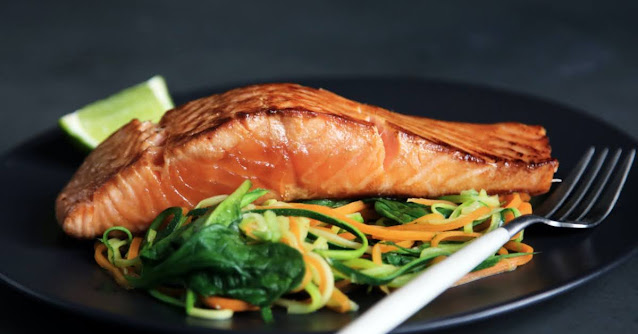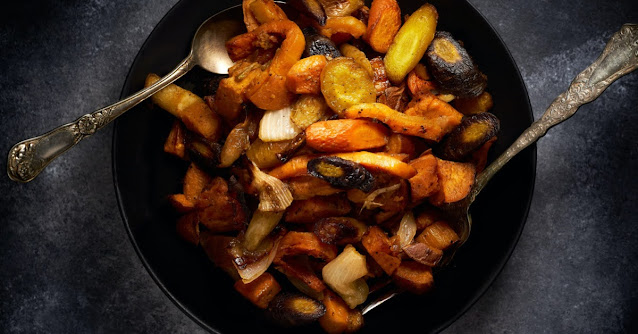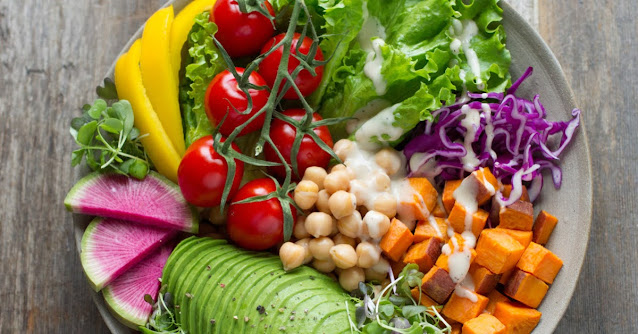A healthy eating schedule is essential for getting the best out of your day. If you are beginning a new diet, it can be tricky. I'm no medical expert, but I know what it's like to try to eat healthier. It's not always easy. So here are a few pointers to get you started on a healthier path.
Image via Unsplash, Anna Pelzer
Start the Day the Right Way
A good morning start can set the stage for the remainder of the day and make you feel more efficient and full of energy. Within an hour of getting out of bed, your body will have used up all the nutrients it took in while you were sleeping and will be ready to start making energy. Choose foods that are high in protein and low in sugar and carbs. You can start your day with these breakfast dishes, which will give you the energy you need to deal with your routine. I know it's easier said than done, but try to avoid high-sugar cereals, breakfast pastries and even sugary iced coffees.
 |
| photo via Unsplash, Carissa Gan |
Boost Your Energy with a Low-Cal Snack
Eating a snack that is low in calories is a good way to get more energy without ruining your diet. After about 3 hours, a light snack with a few calories should keep you going until lunch. Fruits and berries all have a lot of natural sugar and fiber, which can give you a boost of energy. And nuts like almonds and walnuts are a good source of nutritious calories and protein, which can keep you going for a long time. And don't forget to drink lots of water to keep your brain going. If you're not fond of plain nuts and fruits, try a healthy protein bar (but make sure it's lower in sugar). There are actually some fun flavors of almonds on the market these days (from savory to sweet), so give them a try!
A Healthy Eating Schedule Includes a Varied Lunch
By eating a variety of foods for lunch, you can make sure you're getting a wide spectrum of nutrients and keep from getting bored with your food. Your body will require a major boost around noon, about 5 hours after breakfast, to maintain your metabolism. Here you should concentrate on lean meats like chicken or fish, along with refined carbs, good fats, and fiber. When it comes to a healthy lunch, variety is key, so try new things and mix things up. Instead of a regular sandwich, try having some lean meats in a low-carb wrap or even lettuce leaves.
 |
| Photo via Unsplash, CA Creative |
Try Another Energy-Boosting Snack
People often feel tired in the afternoon, but if you snack on the right foods, you can get your energy back up and keep going until dinner. When you start to feel hungry again in the afternoon, about 3 hours after lunch, grab another light snack with a few calories. Whole grain crackers give you long-lasting energy due to their carbs. Nut butter is a good source of healthy fats and protein. Choose snacks that have a lot of nutrients but not too much sugar.
 |
| photo via Unsplash, B. Lark |
Cook a Healthy and Filling Dinner
Lastly, you should eat a meal with protein, starchy carbs, and leafy greens at least 3 hours before bed. Having a healthy, filling dinner can help you end the day on a good note and make sure you're getting the nutrients you need to feel your best. Make sure your dinner has a protein source like chicken, fish, tofu, or beans. Protein can help you feel satisfied and full. But watch your portion sizes and try not to eat too much (like 2 billion of us do each and every day!). They say each portion on your plate should be about the size of your fist. Another trick is to eat on a smaller plate, which essentially fools you into thinking you're eating more than you are!
 |
| photo via Unsplash, C. Rumpf |
Get through the day easier with a healthy eating schedule. Begin with a high-protein breakfast, a varied lunch, and a filling dinner. Don't forget to eat some high-nutrient, low-sugar snacks in between, too!





.jpg)


No comments